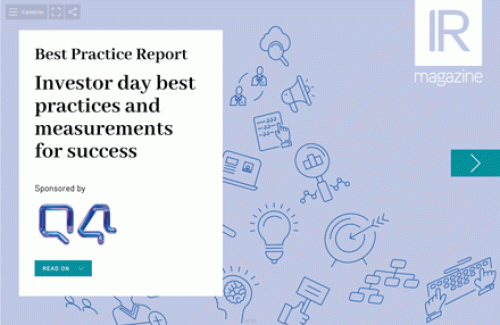On March 8, Silicon Valley Bank (SVB) announced it had sold about $21 bn of assets, taking a $1.8 bn loss on the sales. It also announced an equity offering to address recent financial concerns, including a potential downgrade by Moody’s. On Thursday, depositors began withdrawing their cash balances. Customers of the bank were possibly made even more fearful by warnings from a number of private equity firms that had backed its early funding and were reported to have recommended the withdrawals.
Over the course of the day, the bank’s customers withdrew $42 bn. To put that in perspective, when Washington Mutual failed in 2008, it was the largest bank failure ever. Customers of Washington Mutual drove the bank to collapse by withdrawing almost $17 bn over 10 days.
The problem
Banks operate by taking deposits from customers and investing those to generate returns. When clients make withdrawals, the bank uses assets available to fund the withdrawals. The strategic problem SVB faced is that it was reported to have held a large proportion of the funds received from customers in longer-term securities (like bonds). In the current interest-rate environment, as rates increased, the value of these investments decreased, so any needing to be sold were sold at a loss.

The $42 bn of withdrawals represent about 25 percent of the total deposits in the bank. As more customers rushed to withdraw their balances, more securities needed to be sold, generating more losses. This fed more panic and withdrawals, eventually leading to complete collapse. So on Friday morning, US Federal regulators took control of the bank to prevent a collapse. Over the weekend, UK regulators took similar action with Silicon Valley Bank UK, a separate legal entity that was experiencing similar challenges.
What’s next
With the bank in the hands of regulators, the company’s stock, SIVB, will be replaced on Wednesday in the S&P 500 index by Insulet. Additionally, almost 500 firms have signed an online statement expressing their willingness to work again with SVB under new ownership.
On March 12, US Treasury Secretary Janet Yellen, Federal Reserve Board chair Jerome Powell and Federal Deposit Insurance Corporation (FDIC) chair Martin Gruenberg released a statement announcing they would be making a ‘systemic risk exception’ for SVB and Signature Bank, ensuring that all customers will have access to their deposits starting March 13. They also stated that no losses from the banks will be borne by taxpayers.
Implications for IROs
IROs at financial institutions have already been deluged with questions from investors. Other banks have seen their stocks hit hard and will be closely monitored as the market absorbs the news from the weekend. Their focus will undoubtedly be on corporate messaging intended to assure customers. IROs, especially those at small and micro-cap companies, should be preparing to answer questions about their exposure to SVB.
While this story is constantly evolving, the Q4 team has been monitoring disclosures and commentary already made public as this situation has unfolded. Of the 103 companies we have found that have made statements, 50 have said they do not currently hold any cash deposits, investment securities or lines of credit at SVB.
We identified 44 companies with minimal or de minimis balances (suggesting less than 10 percent of cash, cash equivalents and investments). There are nine companies identified that have greater exposure. These reflect holdings greater than 10 percent of cash, cash equivalents or investments at SIVB, or cash held at SIVB above the FDIC-insured limit of $250,000 or any cash balance above $10 mn if it is considered as material exposure. The list also captures commentary made by companies whose deposits at SIVB are largely uninsured. In some cases, these relationships with SVB represent exposures of more than $1 bn.

IROs at companies whose customers or suppliers may be affected by SVB’s failure may also be affected. They should work internally to understand any key relationships that exist and determine plans for communications to investors in the event customers cannot meet their financial obligations or suppliers cannot meet their contractual obligations.
This series of events has heightened attention on financial stability. All IR teams should be prepared for questions about liquidity and the diversity of company banking relationships. Decisions to make specific statements should be confirmed with the management team and possibly the board. IR professionals should double down on reminders to internal team members throughout the company to ensure they are not communicating with members of the investment community.
Additionally, IR should work closely with internal communications teams to ensure corporate messaging, which is communicated externally, is shared with all internal stakeholders.
John Nunziati is an investor relations partner at Q4










